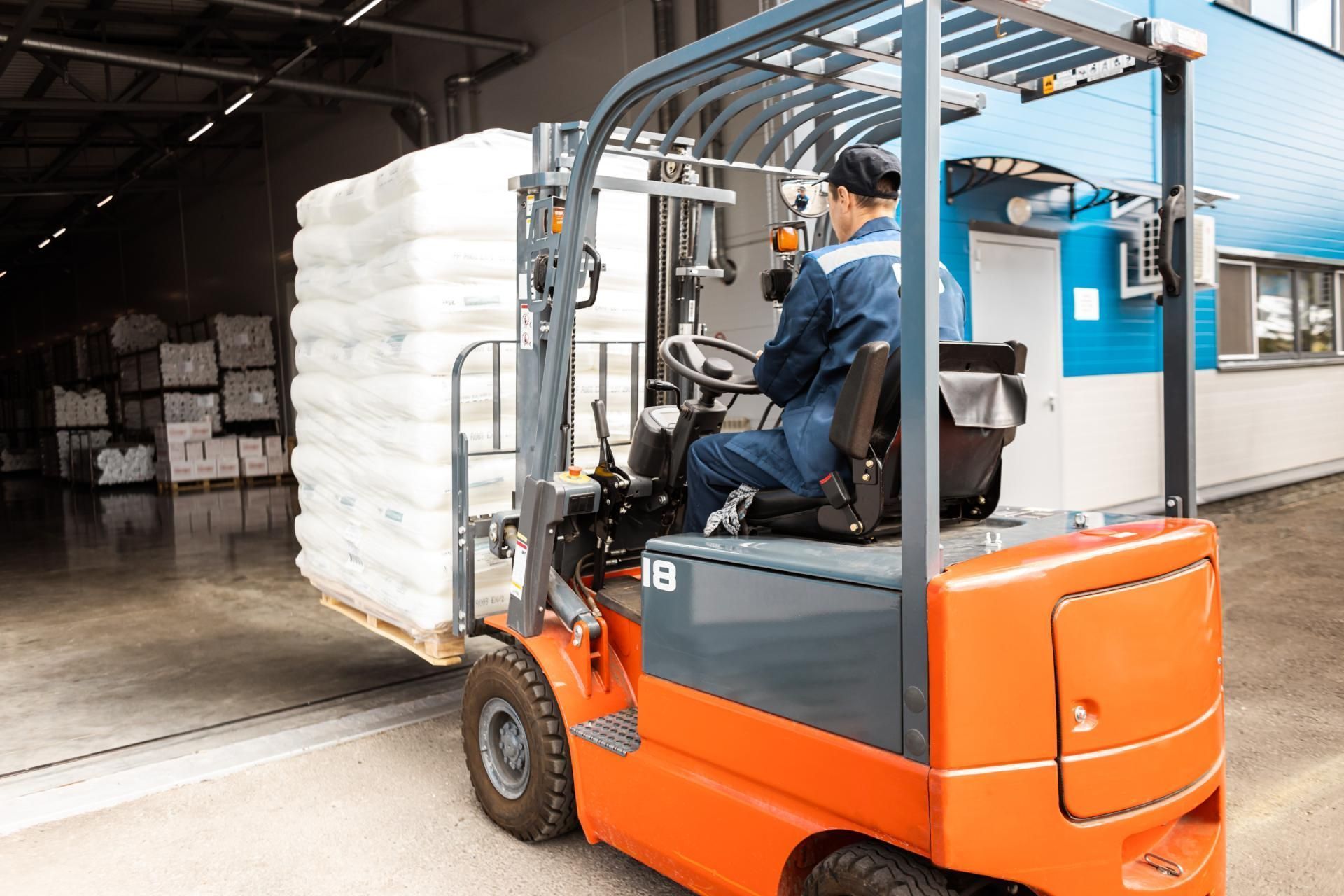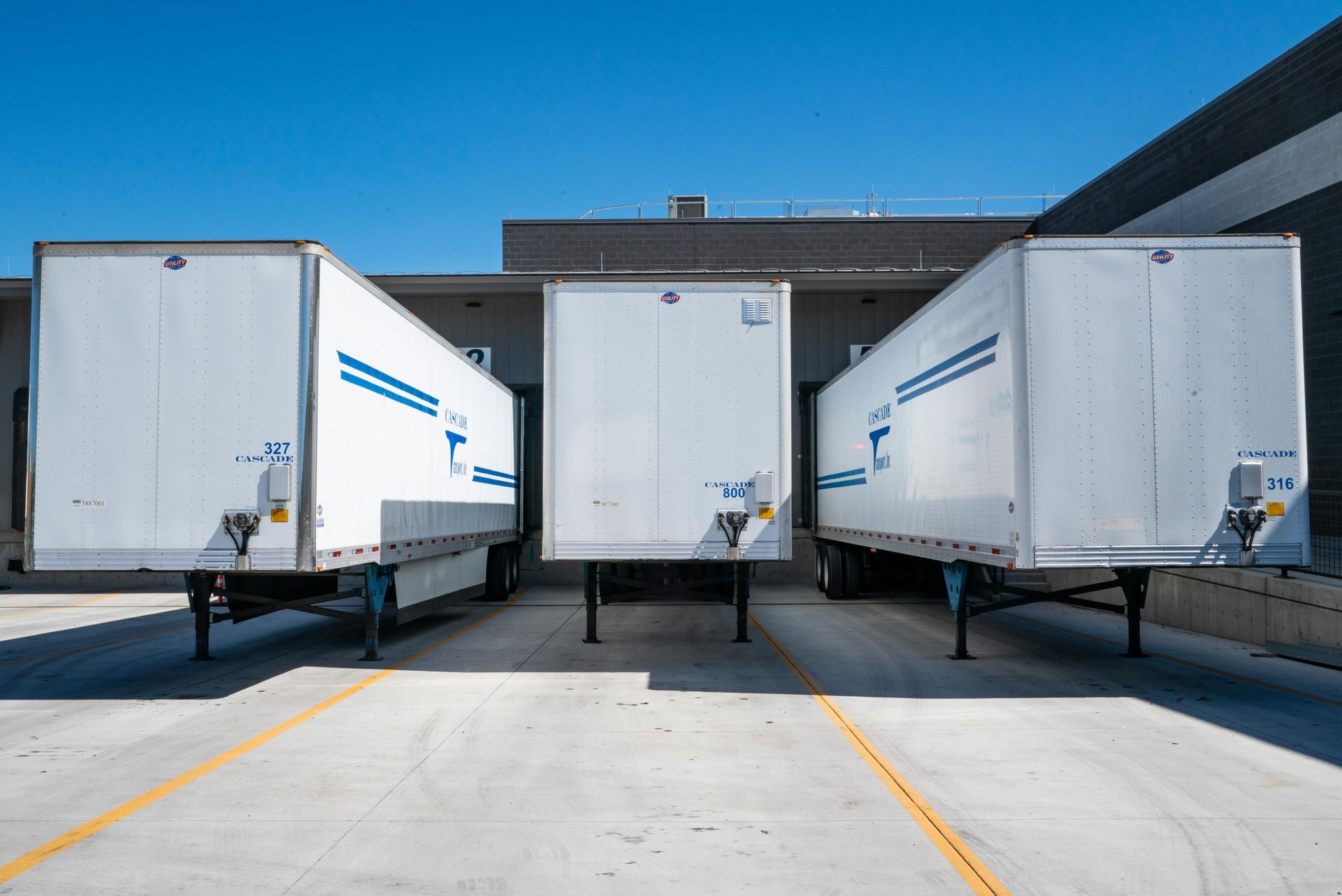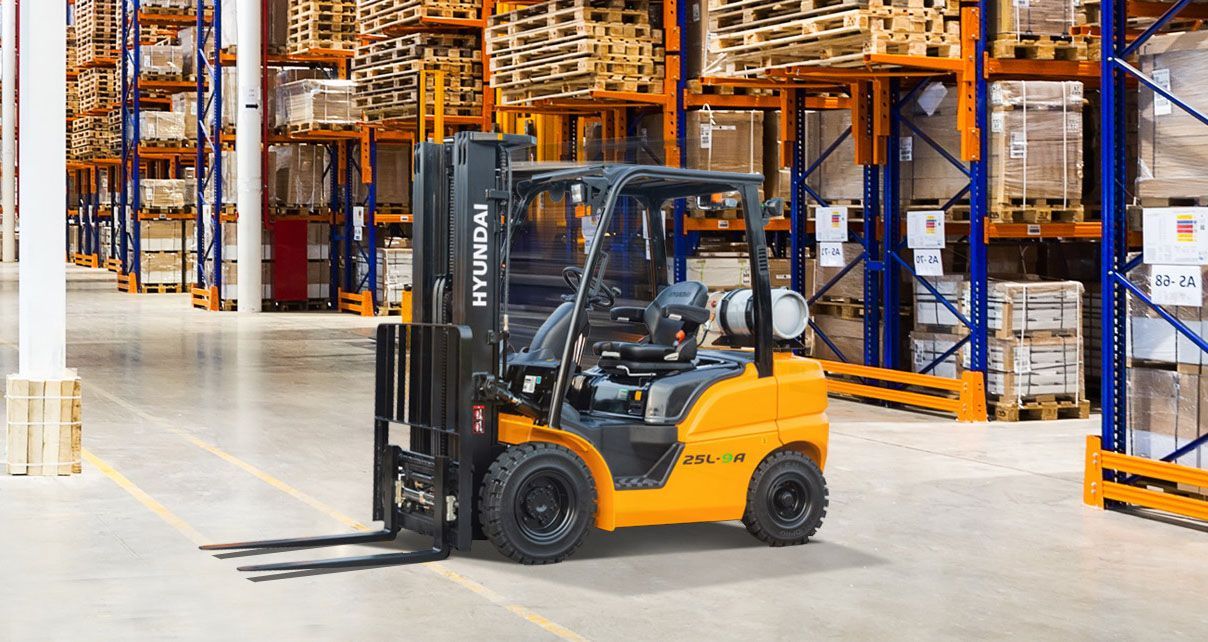Forklift Maintenance Best Practices and Tips and Tricks
Forklift Maintenance Best Practices
Forklift Maintenance Best Practices. There’s no doubt that warehouse management strategies come in all shapes and sizes, but one thing that’s universal is a comprehensive approach to equipment maintenance — and that’s non-negotiable.
Of all the equipment used in a manufacturing facility or warehouse on a daily basis, the forklift is probably the one that is depended on the most to keep things flowing and moving efficiently and safely. Think about this: What would happen to your supply chain if suddenly your warehouse forklifts were out of order?
Why is Forklift Maintenance So Important?
Safety, efficiency, and optimization are all great reasons to maintain your forklift, but it’s also important to remember that a new forklift is a big investment and one that needs to be protected from unnecessary wear and tear.
Below our forklift pros layout best practices and maintenance tips that can help keep your forklift — and your warehouse — running smoothly.
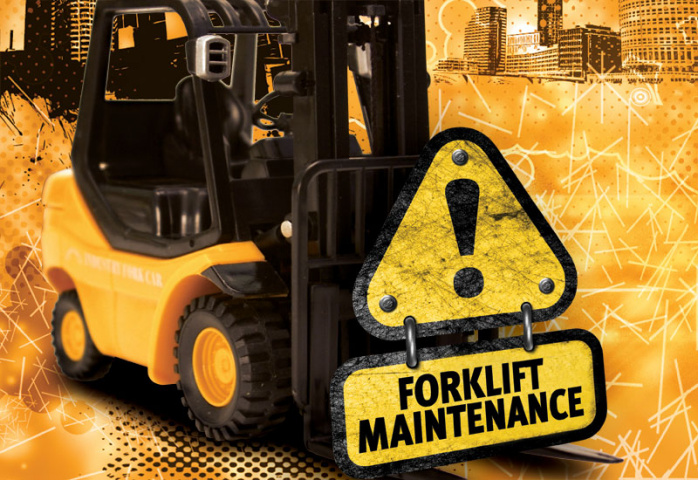
Create a comprehensive forklift inspection checklist and follow it — no exceptions
Even forklifts that are being used every day can present with small problems that could get much bigger and more serious. On top of that, it’s an OSHA requirement to ensure that everyone who uses every machine is safe every day.
While OSHA provides a comprehensive guide for these checks, it’s easy to customize for each unique warehouse situation. Regardless of what else you add to your list, make sure it includes inspecting hoses, tires, seat belts, fluid levels, forks, guards, and brakes.
Don’t ignore the forklift manufacturer’s guidelines; they exist for a reason
Whichever model, make, or brand of forklift you choose to invest in will come with clear maintenance guidelines, and it’s important to follow them on schedule. Note the usage benchmarks and follow them — 100 hours of usage means 100 hours of usage.
Knowing that these tasks are completed to the specifications keeps machines running and helps for budgeting the time and cost expense of downtime for maintenance services. It can also eliminate potential issues during troubleshooting.
Taking your tires for granted could be a huge mistake
Forklifts travel miles each day, so it’s not surprising that wear and tear can happen quickly with the repetitive motion of the back-and-forth. Tread loss, leaks, and deflation are also signs that tires may need to be replaced or refilled.
Not only could tires in poor condition cause the forklift to malfunction, it can also cause damage to warehouse floors. This increases facility maintenance costs along with downtime as the floors need to be repaired more frequently, and create unsafe situations for everyone.
Making tire checks a part of daily inspections will help ensure little problems don’t get bigger over time. Remember that OSHA mandates forklifts to be taken off the warehouse floor for missing pieces of tire rubber. Be sure to replace tires regularly just like you would on any other vehicle you use often.
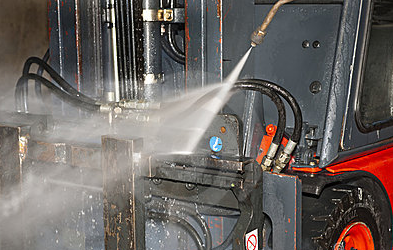
Cleaning forklifts needs to be a part of any comprehensive maintenance plan
It may not matter much to some forklift operators if their machine is dirty or dusty, but the debris that settles on machines could end up being combustible and cause much more serious malfunctioning of the radiator. It’s no secret that working in dirty conditions creates another layer of risk that warehouses must mitigate.
Although it’s never fun, weekly maintenance can go a long way in protecting everyone on the job. Blow out the radiator, wipe down the dirt, change filters — these are all steps that should be on your maintenance list. Regular cleaning can also reduce costly repairs and help operators avoid accidents.
Tackle any and all issues when they pop up
Despite the best planning and maintenance, you’re bound to run into the occasional problem that arises with your forklift. Small issues like soft breaks or bent forklift tines can turn into major issues that can disrupt work and even increase safety risk. Although this may go without saying, don’t wait to address these issues and certainly don’t ignore them.
Part of knowing which small issues to look for is encouraging employees to communicate with each other and managers about these problems. Noises, grinding, slipping — these are all signs that something needs to be taken care of before it gets much more dangerous.

Pick a warehouse management partner that can help
Before you even start making checklists and daily maintenance plans, it’s crucial to work with a team who knows the challenges and struggles you face every day. Experts can not only guide you through the forklift purchase process, but also provide support for service and repair and offer other warehouse management services.
Choosing Benco means your facility and equipment — from the floor of your warehouse to the roof — keeps your business running smoothly and your employees safe on the job. Our team of experts offers a large range of services that can optimize your warehouse for efficiency and safety. Get in touch today!
The post Forklift Maintenance Best Practices and Tips and Tricks appeared first on Benco Industrial Equipment.


